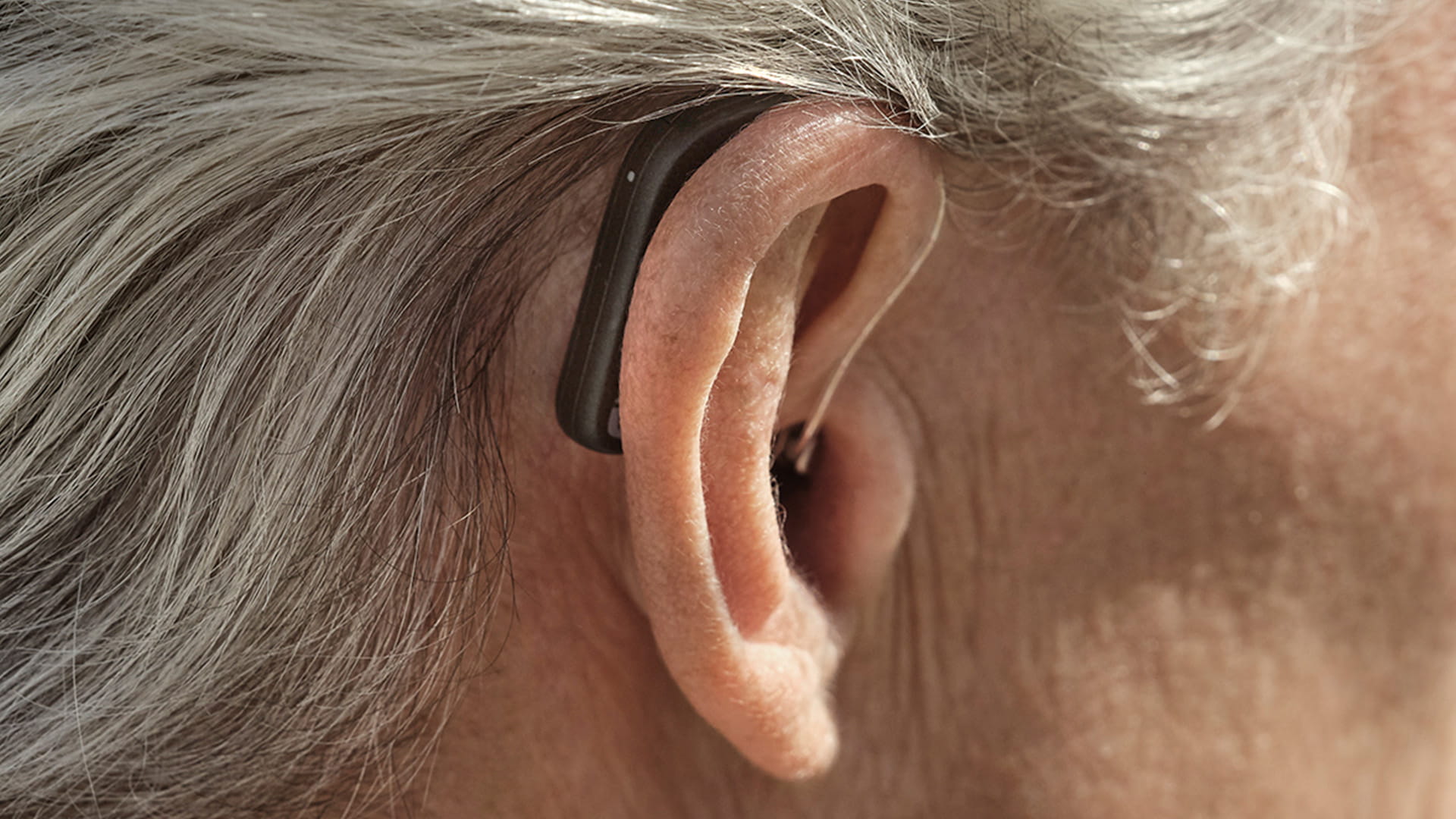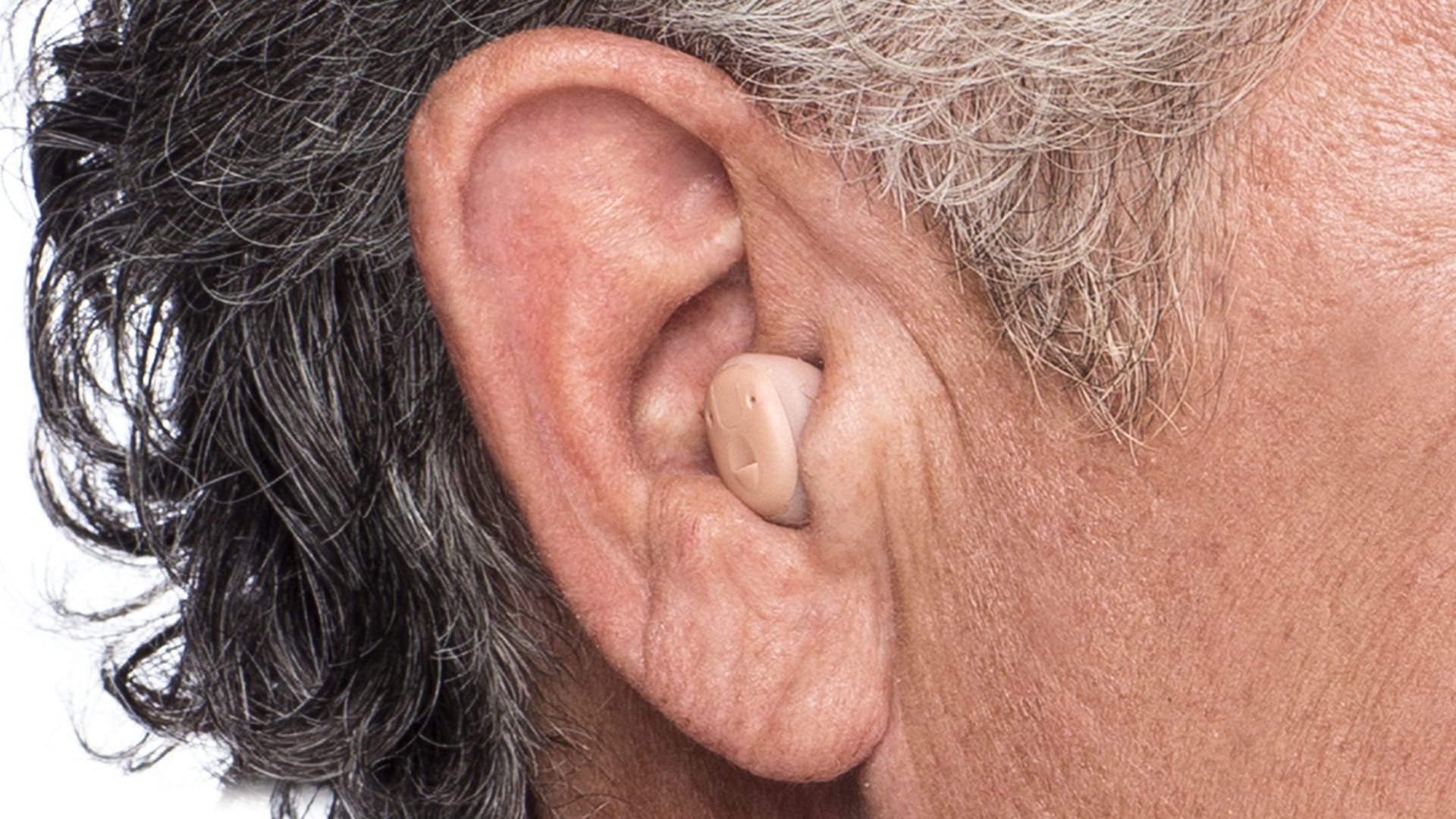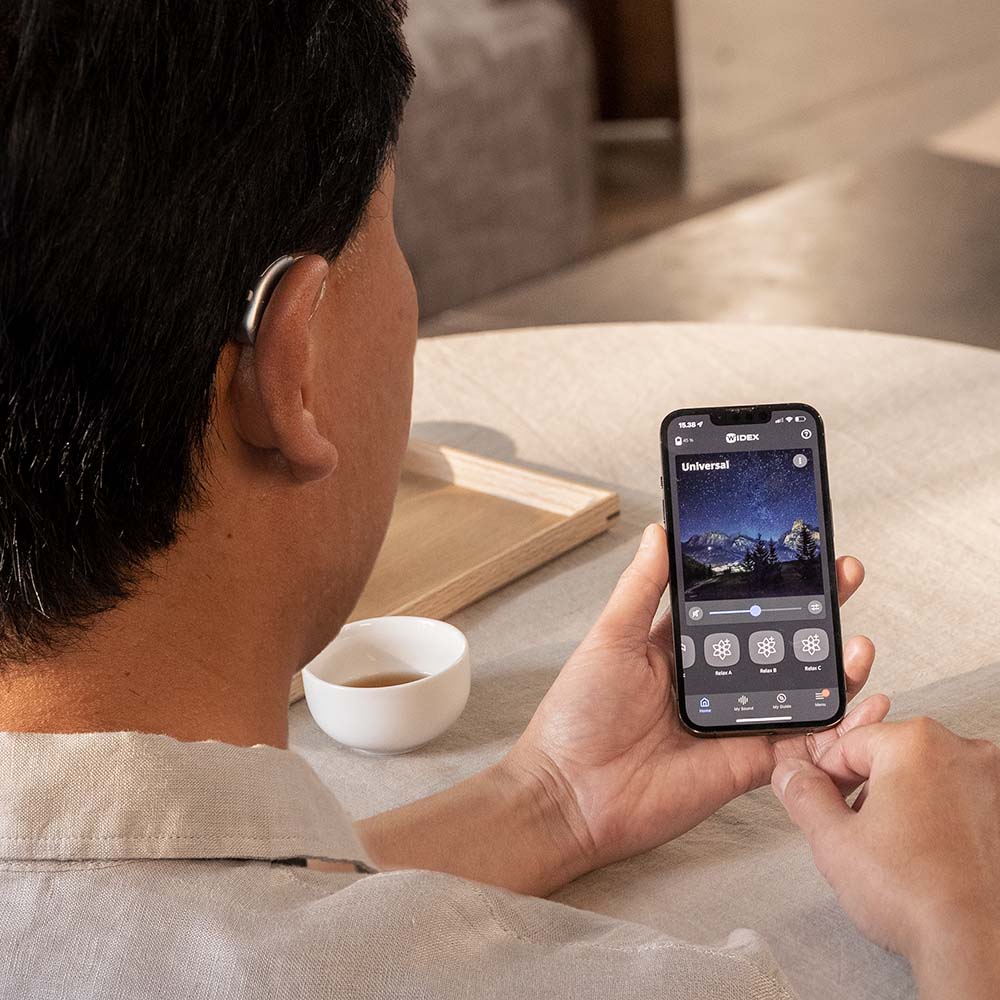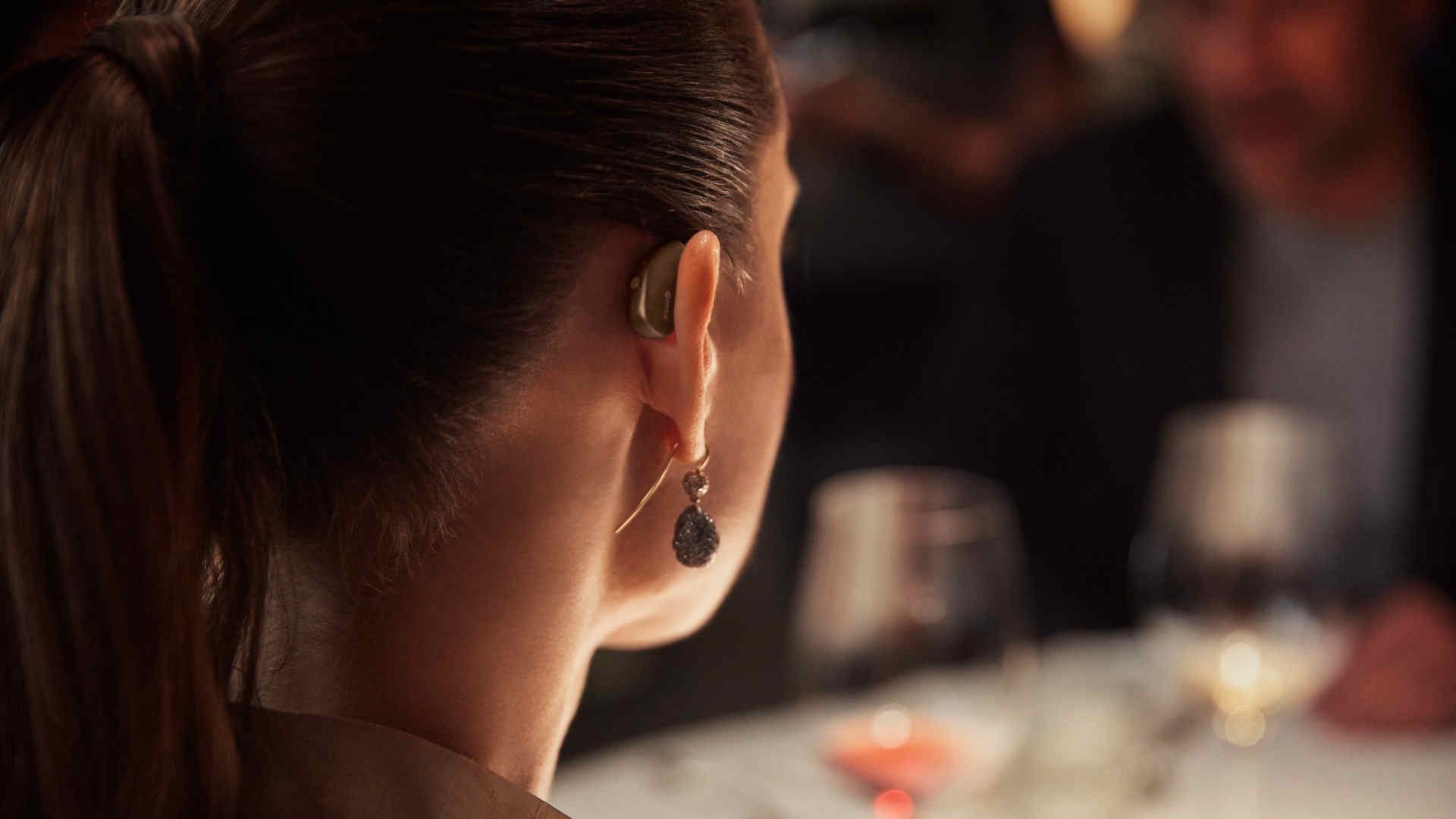TYPES OF HEARING LOSS
Before you start picking out hearing aids, it's important to know your hearing loss type and level.
Hearing loss is typically divided into two categories: conductive hearing loss and sensorineural hearing loss. You can also have a mixed hearing loss, which is a combination of the two.
If you suspect that you have a hearing loss, your local hearing care professional can conduct a full hearing evaluation.








